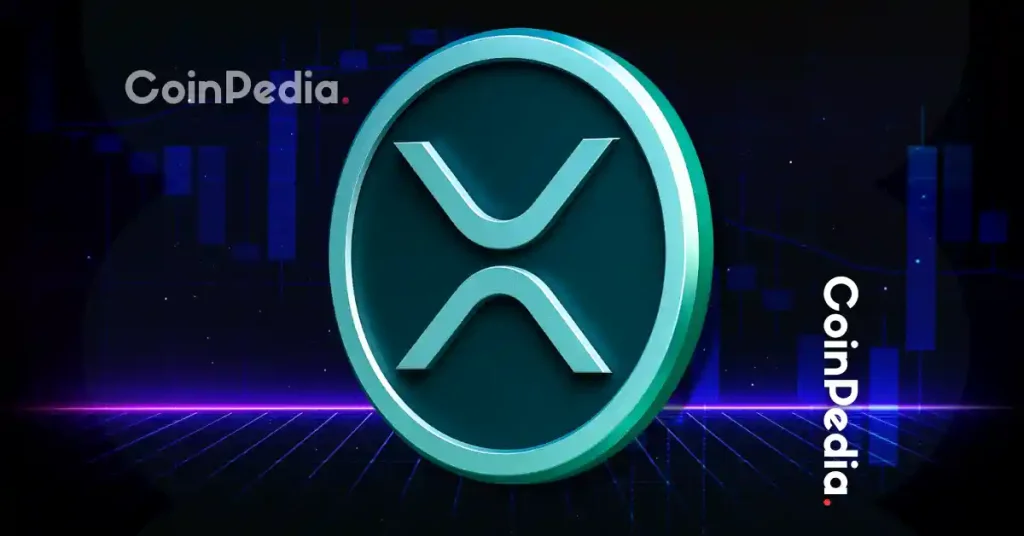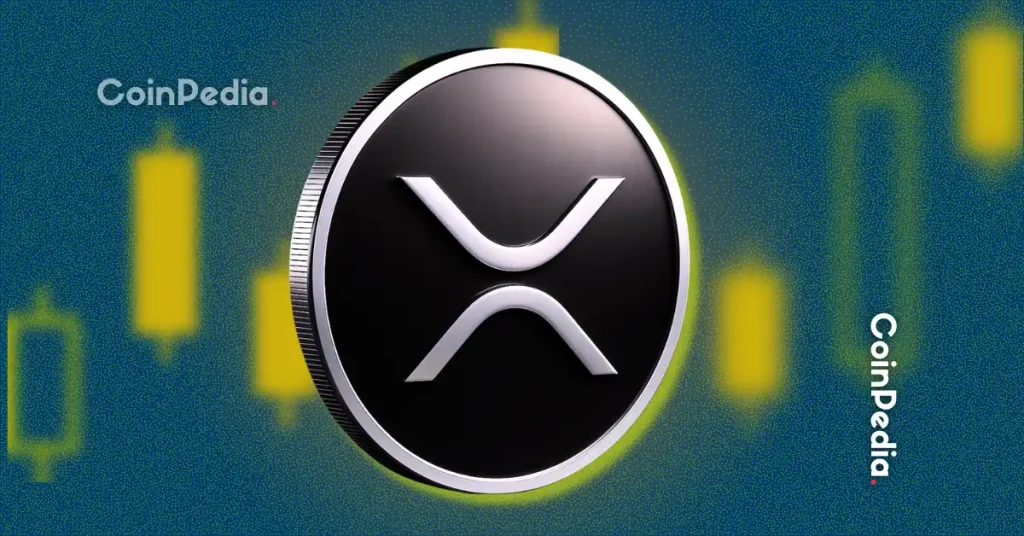
TIA, the native token of blockchain data solution Celestia, has bucked the market’s calm trend as investor interest in betting on TIA gains momentum along with the growing popularity of blockchain’s underlying technology. It has risen more than 22% in the past 24 hours.
TIA traded at just under $17 in the early morning Asian time on January 5, and has since declined some. According to CoinGecko data, TIA had a trading volume of approximately $800 million (approximately 116 billion yen, equivalent to 1 dollar = 145 yen) in the last 24 hours, a record high.
Staking is locking coins into a crypto asset (virtual currency) network in exchange for a reward. Doing so on TIA’s native platform provides users with annual yields of 15% to 17% before fees. The unusually high yield compared to the so-called risk-free rate of 4% offered by 10-year US government bonds appears to be attracting demand for crypto assets. As of the 5th, TIA’s market capitalization is just under $2 billion (approximately 290 billion yen). With valuations likely to rise further in a bull market, participants can profit from both inflated rewards and initial stakes.
Future airdrops to stakers from projects built on the Celestia blockchain are also expected.
Earlier this week, multi-layer blockchain protocol Dymension airdropped its native token DYM to various market participants, including TIA stakers. In a bull market, the valuation of airdropped tokens can be outstanding, so participants can earn large profits simply by staking TIA, which is what makes TIA so attractive today. Seem.
Airdrop refers to the distribution of tokens to blockchain users, typically those participating in network-related activities or using native applications.
The era of “modular”
Celestia, described as a modular blockchain, rolled out a beta version of its mainnet in October, issuing TIAs to an estimated 580,000 users. Initial trading of the token started at around $2.30 on crypto exchanges such as Binance and OKX.
Modular blockchains are designed to solve scalability issues by using specific channels for speed and execution, unlike monolithic blockchains that can only scale at the expense of decentralization and security. There is.
Celestia also uses data availability sampling (DAS), a method of validating all data available on the blockchain, and this combination is said to help increase the speed of data transfer. .
“This is the beginning of a new era,” the Celestia Foundation, which is helping develop the network, wrote in a blog post at the time. “This is the era of modularity.”
Since then, the term has gained almost meme-like hype in crypto circles. “The future is modular,” said several posts on X in the past 24 hours.
Stories like this are most important in the crypto market and often result in big returns for early investors.
In November, a memecoin-driven frenzy on the Solana and Avalanche blockchains netted part-time traders hundreds of thousands of dollars in profits. Meanwhile, Layer 2 network Metis has seen more than $50 million in inflows in the past few weeks, with upcoming grants creating hype among users.
|Translation: CoinDesk JAPAN
|Edited by: Toshihiko Inoue
|Image: Shutterstock
|Original text: Celestia’s TIA Token Pops 22% as Staking, ‘Modular’ Narrative Gains Favor
The post Celestia’s TIA rises by 22% ─ Staking yield is 15% to 17% per year | CoinDesk JAPAN appeared first on Our Bitcoin News.

 1 year ago
75
1 year ago
75














 English (US) ·
English (US) ·